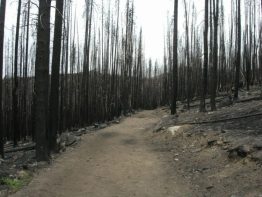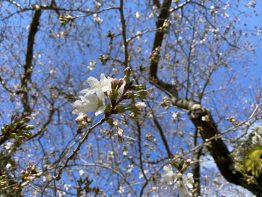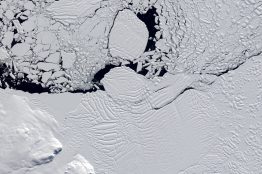In 2006, the Tripod Complex Fire burned more than 175,000 acres in north-central Washington. The fire, which was within the Okanogan-Wenatchee National Forest, was more than three times the size of Seattle. Yet while considered severe at the time, even larger wildfires in 2014, 2015 and 2021 have since dwarfed Tripod. Past research shows that large and severe wildfires like these were much rarer in the western U.S.
Read more at UW News »Congratulations to the Class of 2023!
In appreciation of the contributions of the class of 2023, and based on the recommendation of our Student Advisory Council and a vote by our graduating students themselves, the College will be partnering with the Campus Sustainability Fund to help fund the Resiliency Tunnel Project for the UW Farm.
Read more »Cherry blossoms get new visitors’ website, are on track for early April peak bloom
[March 29 update: The UW Quad cherry trees are at 50% bloom, and are on track to reach peak bloom this weekend.] The cherry blossoms at the University of Washington campus are a seasonal tradition and celebration for the entire region. This year’s colder-than-usual spring is demanding a little more patience. Mark your calendars and plan your visit for a peak bloom expected in early April.
Read more at UW News »Nominations for 2023 College of the Environment Awards open through March 10
Do you know a student, faculty, postdoc, or staff member who deserves recognition for their work? The College of the Environment Awards recognize individuals and teams who have gone above and beyond their own roles and have made significant contributions not only to our college, but to the University of Washington overall and the communities we serve. Each year the College of the Environment recognizes outstanding members of our College community in the following categories: Distinguished Staff Member Exceptional Mentoring of Undergraduates Graduate Dean’s Medalist Outstanding Community Impact: Staff, Faculty or Student Outstanding Diversity Commitment Outstanding Teaching Faculty Undergraduate Dean’s Medalist Individuals or groups may be nominated in any of these categories except Undergraduate and Graduate Dean’s Medalist awards, which are individual awards.
Read more »The importance of the atmosphere and ocean in determining the fate of Antarctica
An international team of researchers has combined satellite imagery and climate and ocean records to obtain the most detailed understanding yet of how the West Antarctic Ice Sheet — which contains enough ice to raise global sea level by 11 feet, or 3.3 meters — is responding to climate change. The researchers, from the University of Washington, the University of Cambridge and the University of Edinburgh, found that the pace and extent of ice destabilization along West Antarctica’s coast varies according to differences in regional climate.
Read more at UW News »





